
 Data Structure
Data Structure Networking
Networking RDBMS
RDBMS Operating System
Operating System Java
Java MS Excel
MS Excel iOS
iOS HTML
HTML CSS
CSS Android
Android Python
Python C Programming
C Programming C++
C++ C#
C# MongoDB
MongoDB MySQL
MySQL Javascript
Javascript PHP
PHP
- Selected Reading
- UPSC IAS Exams Notes
- Developer's Best Practices
- Questions and Answers
- Effective Resume Writing
- HR Interview Questions
- Computer Glossary
- Who is Who
How to Quickly Move to the End of Column or Row in Excel?
Excel, with its numerous features and abilities, has become an indispensable tool for individuals dealing with large data sets. However, many users still struggle to navigate efficiently within spreadsheets. This article aims to shed light on a handy trick that will enable us to quickly move to the end of columns or rows in Excel, saving our time and effort.
Before diving into shortcuts and techniques, it's important to familiarize ourself with some key concepts related to cells and their addresses in Excel. Each cell has a unique address composed of two parts: the column letter (A?Z) followed by the row number (1?1048576). For instance, cell A1 represents column A at row 1.
Advantages of Moving to End of Column or Row
Keyboard shortcuts offer immediate and seamless navigation without needing additional mouse movements.
By mastering these shortcuts, users can effortlessly move within vast spreadsheets while maintaining their workflow momentum.
These commands are applicable throughout all versions of Microsoft Excel.
The "Go To" function enables users to locate specific cells quickly without manually scrolling through a mountainous dataset.
It allows for accurate movement between multiple worksheets within a workbook.
Users can also benefit from additional search parameters such as comments, formulas and conditional formatting.
Example 1: Moving to the End of Column or Row Using "Keyboard Shortcuts"
Step 1
Using Keyboard Shortcuts ? Excel provides several keyboard shortcuts that allow swift navigation throughout your spreadsheet:
To go quickly down one cell at a time. Press "Enter" [or] "Down Arrow."
To move up one cell at a time. Press "Shift + Enter" [or] "Up Arrow."
Using these basic shortcuts makes navigation more efficient when dealing with small datasets. Fortunately, there are additional methods designed specifically for moving across entire rows or columns effortlessly.
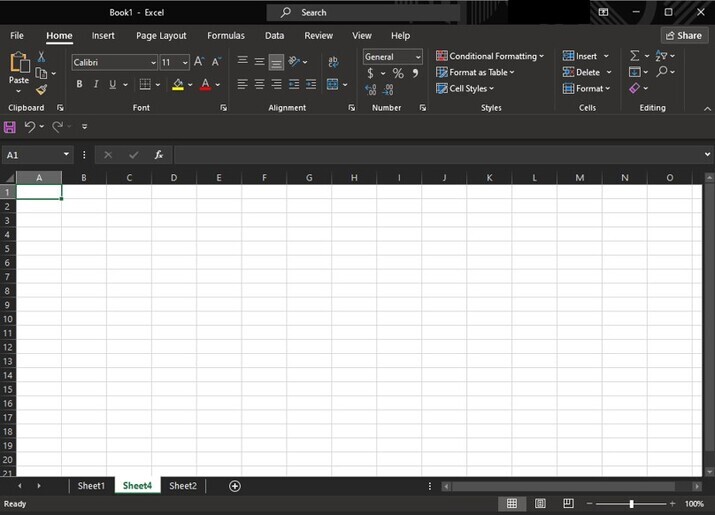
Step 2
Going Across an Entire Row?Sometimes we may find ourself needing information from various columns situated towards either end of a massive dataset spread over hundreds or thousands of columns.
Press "Ctrl + ?" on our keyboard together ("Ctrl" plus right arrow). This simple shortcut enables us to jump instantly from our current position all the way out toward rightmost border column containing any value within that particular row
Alternatively,"Ctrl + ?" (Ctrl plus left arrow) performs the same function, only moving to the leftmost column with data in that row.
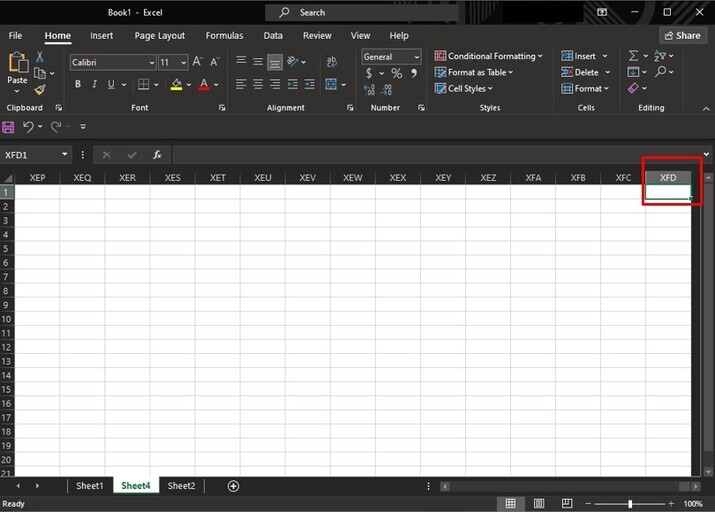
Step 3
Moving Down an Entire Column ? On certain occasions, locating the last cell of a specific column can be equally tedious.
By using "Ctrl + ?" (Ctrl and down arrow), you'll reach the very bottom of your current column swiftly. This feature is especially useful when grappling with large datasets or extensive lists.
For ascending purposes,"Ctrl + ?" (known as Ctrl and up arrow) will instead take you back to where your information begins within a specific column.
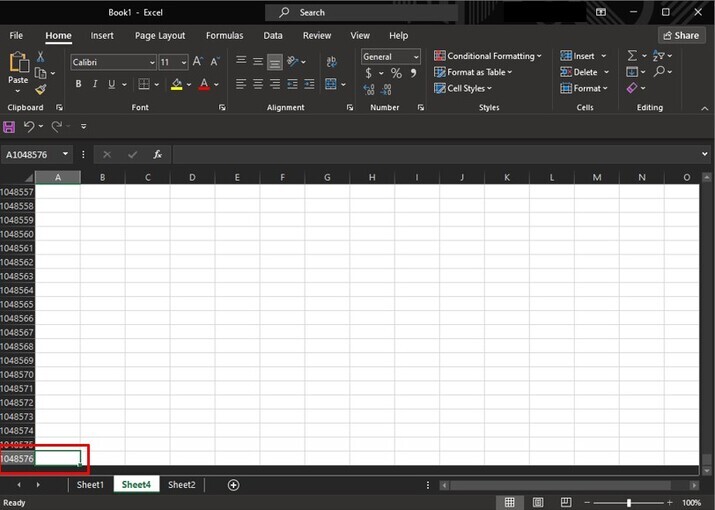
Example 2: Moving to the end of column or row using "Go To" Feature
Step 1
The "Go To" feature allows precise movement within an active worksheet using various search parameters. Select any cell within the desired column or row.
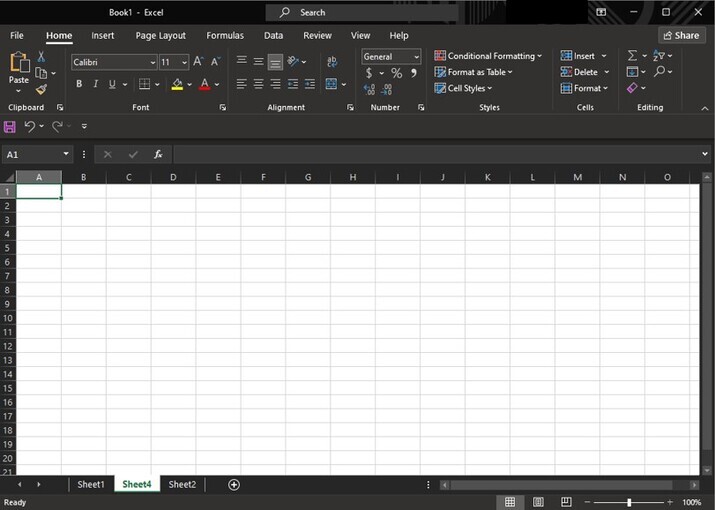
Step 2
For vertical transportation through columns, select a Home tab from Excel's Menu bar > Find & Select > Go To Special. Alternatively, use F5 as a shortcut for opening "Go To" special menu instantly.
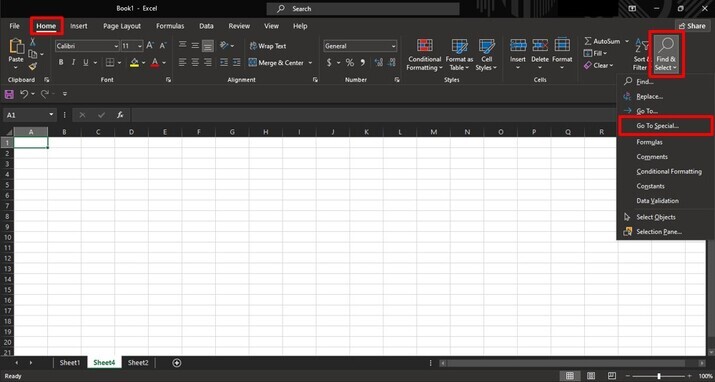
Step 3
Once inside the "Go To Special" dialog box, choose the 'Last Cell' option under 'Constants', then click OK.
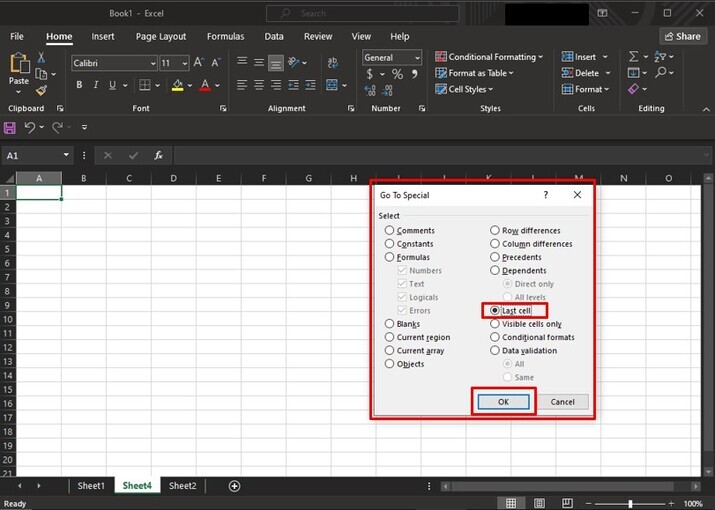
Step 4
As an alternative route via hidden gem, we can try pressing Ctrl + G (or F5) to access the "Go To" dialog box directly and type the desired column or row's end cell reference in the "Reference" field.
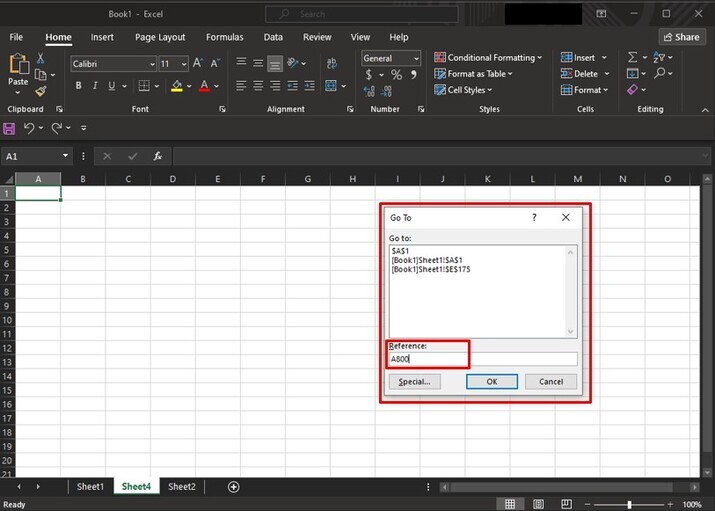
step 5
In either case, Excel will promptly navigate to the last occupied cell of our specified column.
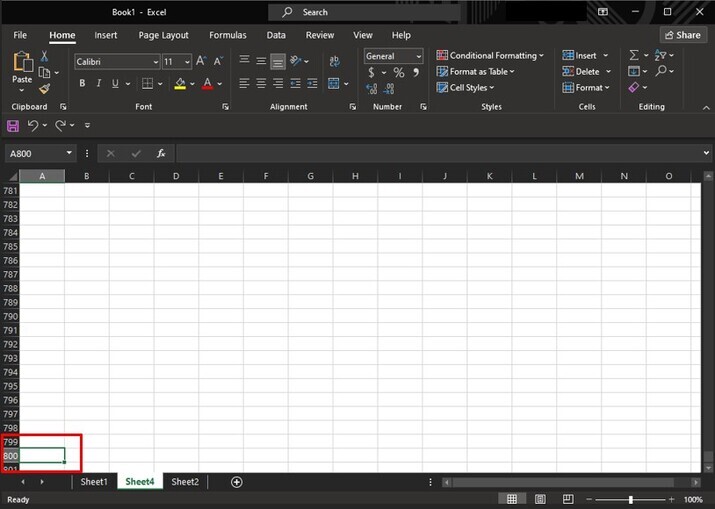
Conclusion
Mastering efficient navigation techniques is crucial for maximizing productivity while working on Excel spreadsheets. Incorporating all these shortcuts into our range will eliminate frustration and allow us to quickly move across both enormous columns and vast rows.

